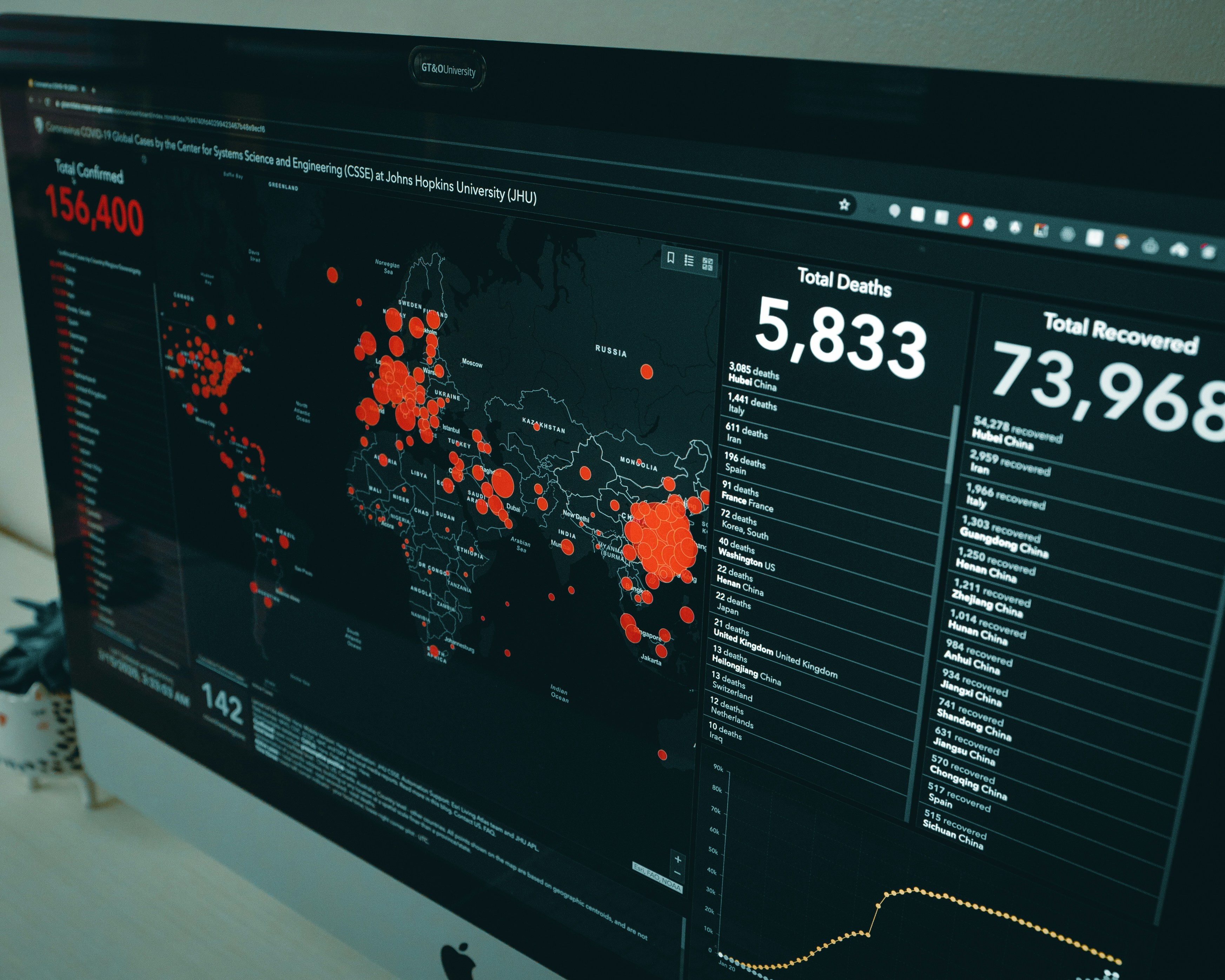4 Steps for Handling HIPAA Violations
Here are the key takeaways from this blog:

Here are the key takeaways from this blog:
HIPAA is on the path for a major cybersecurity update in 2026.
HHS has proposed new changes to the Security Rule that raise expectations around risk analysis, vulnerability scanning, and incident response planning.
The goal? To help healthcare organizations catch and contain cyber threats before they turn into full-blown breaches or downtime.
In the rest of the blog, we’ll cover everything you can do to help prepare for these updates.
The Health Insurance Portability and Accountability Act (HIPAA) was introduced in 1996, originally to make health insurance coverage more portable and combat fraud. But as healthcare went digital, so did the risks.
So, while the original intent of HIPAA was administrative, its modern form is all about data security and privacy protection—because a single breach can expose thousands of patient records that can potentially cost you millions in fines and reputational damage if proper precautions aren’t taken.
At its heart, Health Insurance Portability and Accountability Act (HIPAA)’s cybersecurity framework revolves around three main goals — sometimes called the “CIA triad” in information-security parlance (confidentiality, integrity, availability) — though you’ve picked closely aligned terms: Privacy, Integrity, and Security. These pillars form the foundation for both current and upcoming requirements under the HIPAA Security Rule.
Together, these three pillars drive everything from risk analyses and vulnerability scans to incident response planning. They ensure that as your organization prepares for the upcoming rule changes, you’re not just checking boxes ,you’re building a security-mindset around who has access, what happens to the data, and how the data stays protected and available.
Think it only applies to hospitals? Think again. HIPAA’s reach is broad—and getting broader. In short: if your organization creates, receives, stores, transmits, or otherwise handles protected health information (PHI), you’re likely in scope.
These are the core organizations that HIPAA explicitly targets:
HIPAA also applies to entities working on behalf of covered entities when those entities handle PHI or ePHI. Some examples include:
The HIPAA Security Rule requires a multi-layered approach to safeguarding patient data. Today, this means combining administrative measures like policies, workforce training, and security management processes with physical protections such as secure facilities, restricted server access, and device safeguards. On the technical side, organizations need encryption, access controls, and automatic log-off systems to keep data safe.
In addition, covered entities and business associates must:
These are not optional—they represent the current baseline for compliance. Staying on top of them ensures your organization can protect patient data and respond effectively to evolving cybersecurity threats.
On Jan. 6, 2025, the U.S. Department of Health and Human Services (HHS) proposed new regulations to strengthen cybersecurity protections for electronic protected health information (ePHI). The proposed updates provide a clear view of where HIPAA compliance is headed in 2026 and beyond. Key takeaways include:
The message is clear, HHS wants to see healthcare security move from reactive to proactive, from compliance-driven to risk-driven.
We know that keeping up with regulations, local ordinances, and the ever-changing cybersecurity landscape can feel like a full-time job—but with our platform, it doesn’t have to be.
With the Rivial Platform, you can:
Our platform is purpose-built to automate your compliance journey from start to audit, and yes, even non-technical teams can manage it.
Try our free IT Risk assessment guide below!

Here are the key takeaways from this blog:

Recently, we shared a post about HIPAA Compliance. In it, we explained the importance of protecting medical records and data related to the patients...

Here are the key takeaways from this blog: Vendor trust isn't security—verify everything. Embed cybersecurity requirements into contracts, conduct...